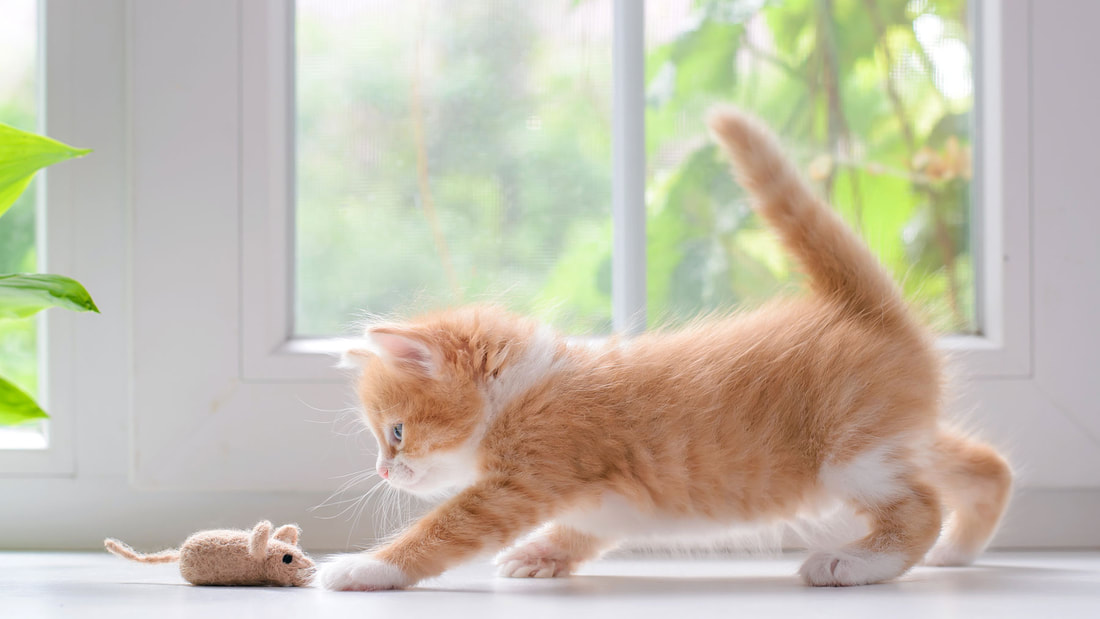|
Spring in South Louisiana is a vibrant season, filled with warm weather, blooming flowers, and the return of greenery. However, it also marks the return of various pests that can become nuisances to homeowners and gardeners alike. Understanding which pests to look out for during this season is crucial for effective pest control and ensuring your outdoor activities remain enjoyable. This blog post will guide you through the common pests that emerge in South Louisiana during spring and offer tips on managing them. Termites
South Louisiana is notoriously known for its termite activity, particularly in the spring when these pests swarm to start new colonies. The warm, humid climate of the region provides an ideal environment for Formosan and subterranean termites, which are particularly destructive. These termites can cause significant damage to homes and other structures, often unnoticed until it's too late. To prevent termite infestation, homeowners should:
Mosquitoes The spring rainfalls in South Louisiana create perfect breeding grounds for mosquitoes. These pests are not only annoying but can also pose health risks by transmitting diseases such as West Nile Virus and Zika Virus. To combat the mosquito population, individuals can:
Ants As the ground warms up in spring, ant activity increases. Fire ants, in particular, are common in South Louisiana and can deliver painful stings. Carpenter ants, which burrow into wood to create their nests, can also be a problem, potentially damaging wooden structures in and around your home. To deter ants, consider the following:
Rodents Rodents, such as mice and rats, may seek shelter in homes as they emerge from their winter hiding spots. These pests can damage property, contaminate food, and spread diseases. To prevent rodent infestations, homeowners should:
Cockroaches Cockroaches thrive in the warm and moist environment that spring in South Louisiana offers. These pests can enter homes in search of food and water, potentially spreading bacteria and allergens. To keep cockroaches at bay:
Tips for Managing Spring Pests in South Louisiana Managing pests requires a combination of preventative measures and timely action. Here are some additional tips to help keep your home pest-free:
Spring in South Louisiana is a beautiful time of year, but it also brings challenges in the form of various pests. By staying vigilant and implementing effective pest control measures, you can enjoy the season without the nuisance and potential harm these pests can cause. Remember, the key to pest management is prevention, early detection, and appropriate action.
1 Comment
Discovering rodents in your home can be unsettling, to say the least. These unwelcome guests not only pose a health risk by spreading diseases but can also cause significant damage to your property. Knowing the signs of a rodent infestation is crucial to addressing the problem early and effectively. In this comprehensive guide, we will explore how to detect the presence of rodents in your home, covering everything from physical evidence to preventative measures. 1. Identifying Rodent Presence
Rodents, including rats and mice, are not just a nuisance but also a health hazard. They can contaminate food, spread diseases, and cause structural damage to your home. Here are some key indicators that you might have rodents living with you: Droppings: One of the most obvious signs of a rodent infestation is their droppings. Rat droppings are typically dark, shiny, and about ½ inch in length, while mouse droppings are smaller, about ¼ inch, and pointed at the ends. You’re likely to find these near food packages, under sinks, along baseboards, or in drawers and cupboards. Gnaw Marks: Rodents have strong front teeth that grow continuously and will gnaw on almost anything to keep them trimmed. Look for chew marks on food packaging, furniture, wires, and even walls. These marks can also indicate the size of the rodent, with larger gnaw marks pointing towards rats and smaller marks indicating mice. Strange Noises: Hearing scratching or scurrying sounds, especially at night when rodents are most active, can be a sign of an infestation. These sounds are often heard coming from the attic, inside walls, or under floorboards. Nests: Rodents nest in warm, secluded areas using shredded paper, fabric, or dried plant matter. Check in hidden areas like the backs of cabinets, inside boxes stored in garages or basements, and in insulation. Tracks and Rub Marks: Rodents leave footprints and tail marks in dusty environments. You might also notice grease marks along walls or baseboards, which are caused by rodents' oily fur coming into contact with surfaces as they travel along their regular paths. 2. Understanding the Health Risks Rodent infestations are not just a matter of property damage; they pose significant health risks. Rodents can carry diseases such as hantavirus, leptospirosis, lymphocytic choriomeningitis (LCMV), Tularemia, and the plague, which can be transmitted to humans directly through contact with rodent feces, urine, saliva, or indirectly through ticks, mites, or fleas that have fed on an infected rodent. 3. Preventing Rodent Infestations Prevention is key to keeping rodents out of your home. Here are some effective strategies: Seal Entry Points: Inspect your home for any cracks, holes, or gaps larger than a dime. Pay special attention to areas where utilities and pipes enter the home. Seal these openings with steel wool, caulk, or a combination of both to deter rodents. Proper Food Storage: Store food in airtight containers and avoid leaving pet food out overnight. Regularly dispose of garbage in tightly sealed bins. Declutter and Clean: Regular cleaning and decluttering reduce hiding spots for rodents and make it easier to spot signs of an infestation. Keep storage areas well-organized and use plastic bins instead of cardboard boxes. Outdoor Maintenance: Trim vegetation away from the exterior of your home to eliminate shelter for rodents. Store firewood at least 20 feet away from the house and keep it elevated off the ground. 4. Dealing with an Infestation If you suspect you have a rodent problem, it’s important to act quickly. You can set traps in strategic locations around your home. There are various types of traps available, including snap traps, electronic traps, and live traps. Bait the traps with peanut butter, chocolate, or nuts, which are attractive to rodents. Check and reset the traps regularly. For larger infestations or if DIY methods fail, it may be necessary to call in professional pest control services. Professionals can offer more comprehensive solutions, including identifying and sealing entry points, setting up a targeted trapping program, and providing advice on preventing future infestations. 5. Conclusion Detecting and dealing with rodents in your home requires vigilance and prompt action. By recognizing the signs of an infestation, understanding the risks, and implementing preventative measures, you can protect your home and family from the dangers and nuisances that rodents present. Remember, the key to controlling rodent populations is prevention, but should you find yourself facing an infestation, there are effective methods and resources available to help you get rid of these unwelcome guests. |
AuthorI really enjoy researching and writing about pests. The more we know about bugs, the easier it becomes to control them. Categories
All
Archives
February 2024
|
|
© 2021 Bug Ninja Pest Control.
All rights reserved. |
Services |
Contact |
|




 RSS Feed
RSS Feed

